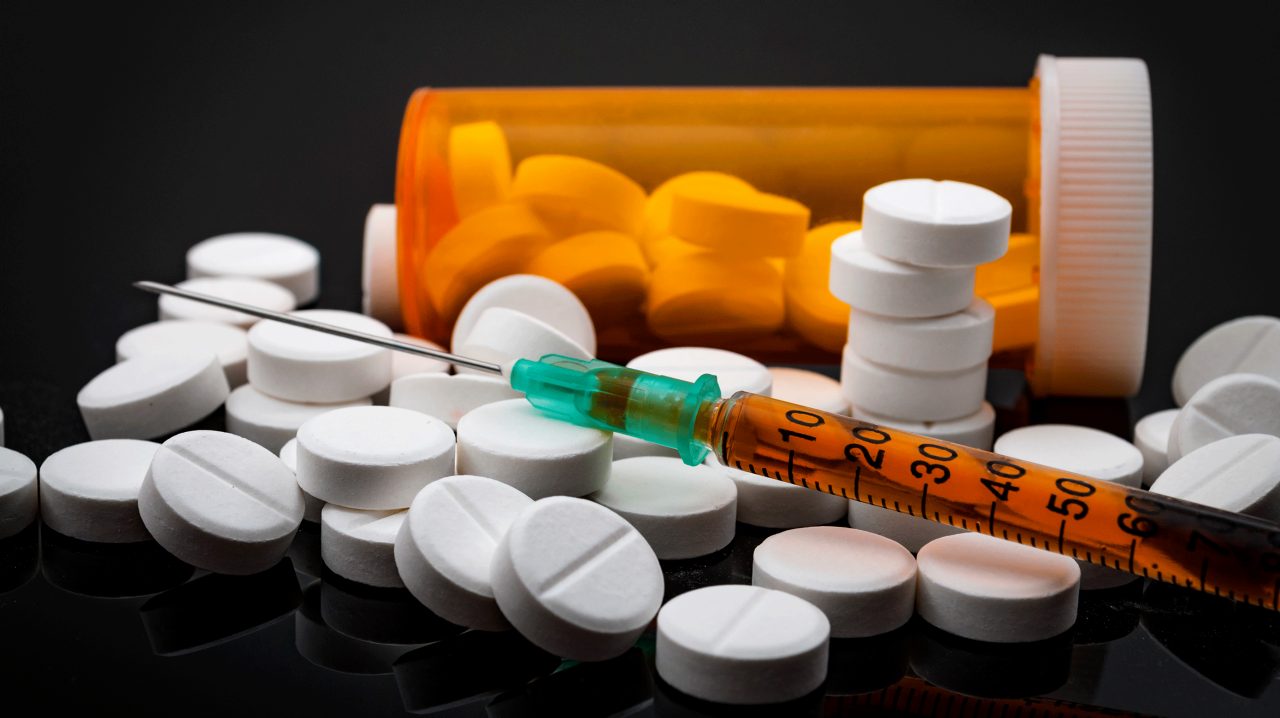Opioid Addiction Treatment

Current opioid addiction treatment includes putting patients on a maintenance drug, such as methadone or buprenorphine, along with counseling and monitoring.
Admitting to yourself you have a drug problem and taking action are the big hurdles. Here’s what you should know about treating opioid addiction, once you decide you’ve had enough.
YOU MIGHT ALSO LIKE: What Are Opioids?
Opioid addiction treatment
The best opioid addiction treatment, according to experts from the World Health Organization, the Institute of Medicine, and the National Institute on Drug Abuse is to take a maintenance drug, usually methadone or buprenorphine. It’s also helpful to stay with a program that provides counselling and regular urine checks.
Another drug, Suboxone, combines buprenorphine with naloxone, which binds to opioid receptors and can block the effects of heroin, morphine, and oxycodone. Some research strongly recommends the use of Suboxone as a first-line treatment.
A 12-step program like Narcotics Anonymous (NA) may also be crucial in your recovery. Behavioral therapy treatment may also help.
Many people can recover from opioid addiction. In one study of more than 500 people who had been addicted to prescription opioids, half of the addictions ended within five years.
You or loved ones might balk at the idea of a maintenance drug, thinking that you’ll be replacing one drug with another. Maintenance drugs don’t make you high, however. You will be physiologically dependent on the drug. But you won’t be acting out in all the ways characteristic of an addiction.
It’s also important to note that recovering from opioid addiction is not a cure; it’s a maintenance program to control your addiction.
An addiction is “a chronic, relapsing brain disease that is characterized by compulsive drug seeking and use, despite harmful consequences,” according to the National Institute on Drug Abuse. Addicts seek a drug even though they’re going broke, unable to keep a job, and destroying their marriages and lives.
Maintenance drugs don’t have those harmful consequences.
Going cold turkey isn’t the ideal approach. People typically relapse, and you are more likely to die from an overdose than if you take a maintenance drug.
The Hazelden Betty Ford Foundation, for example, offered an abstinence program based on the 12-step model of Alcoholics Anonymous and NA for many years without any maintenance drugs. But in 2012, after seeing too many patients die after treatment, Hazelden announced that it would prescribe buprenorphine.
Updated:
August 22, 2023
Reviewed By:
Christopher Nystuen, MD, MBA and Janet O'Dell, RN